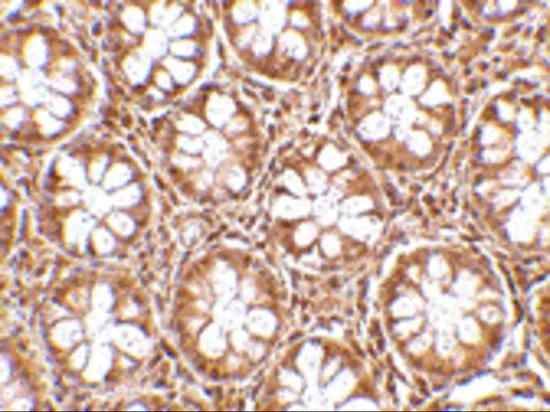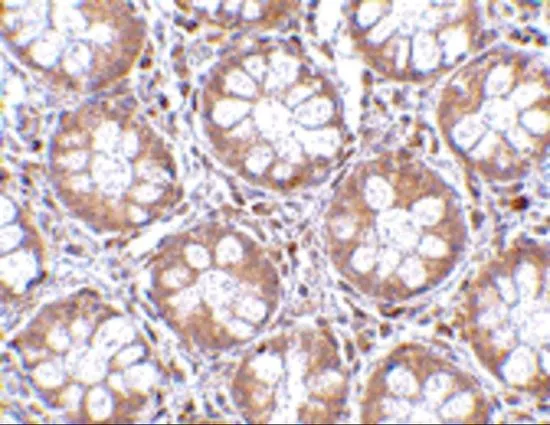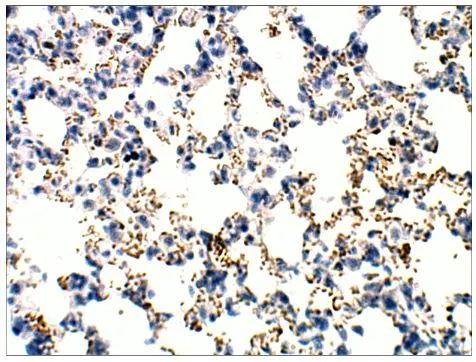
IHC-P analysis of mouse lung tissue using GTX47859 RASD2 antibody. Dilution : 1:100
RASD2 antibody
GTX47859
ApplicationsImmunoPrecipitation, Western Blot, ELISA, ImmunoHistoChemistry, ImmunoHistoChemistry Paraffin
Product group Antibodies
TargetRASD2
Overview
- SupplierGeneTex
- Product NameRASD2 antibody
- Delivery Days Customer9
- Application Supplier NoteWB: 1:500. IP: 1:100. ELISA: 1:10000. IHC: 1:10000. *Optimal dilutions/concentrations should be determined by the researcher.Not tested in other applications.
- ApplicationsImmunoPrecipitation, Western Blot, ELISA, ImmunoHistoChemistry, ImmunoHistoChemistry Paraffin
- CertificationResearch Use Only
- ClonalityPolyclonal
- Concentration0.5 mg/ml
- ConjugateUnconjugated
- Gene ID23551
- Target nameRASD2
- Target descriptionRASD family member 2
- Target synonymsRhes, TEM2, GTP-binding protein Rhes, Ras homolog enriched in striatum, tumor endothelial marker 2
- HostRabbit
- IsotypeIgG
- Protein IDQ96D21
- Protein NameGTP-binding protein Rhes
- Scientific DescriptionThis gene belongs to the Ras superfamily of small GTPases and is enriched in the striatum. The encoded protein functions as an E3 ligase for attachment of small ubiquitin-like modifier (SUMO). This protein also binds to mutant huntingtin (mHtt), the protein mutated in Huntington disease (HD). Sumoylation of mHTT by this protein may cause degeneration of the striatum. The protein functions as an activator of mechanistic target of rapamycin 1 (mTOR1), which in turn plays a role in myelination, axon growth and regeneration. Reduced levels of mRNA expressed by this gene were found in HD patients. [provided by RefSeq, Jan 2016]
- Storage Instruction-20°C or -80°C,2°C to 8°C
- UNSPSC12352203

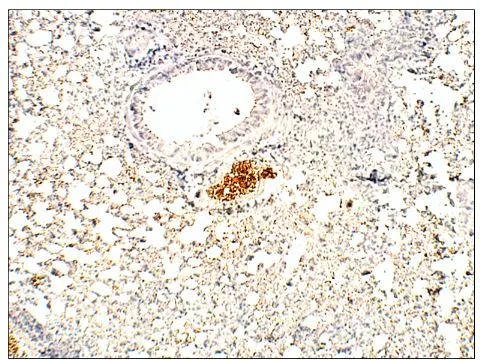
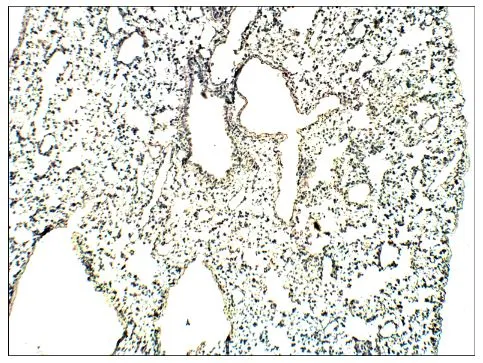
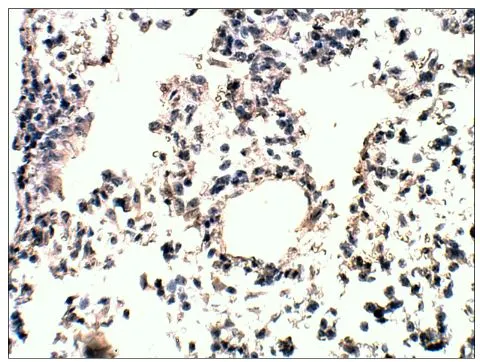
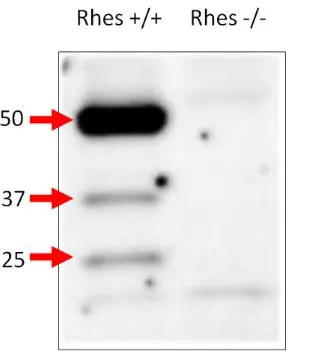
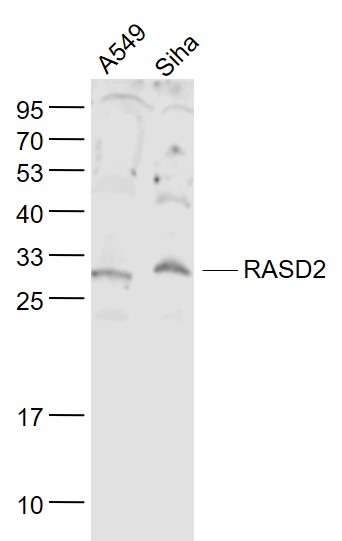

![FACS analysis of HeLa cells using GTX83722 RASD2 antibody [1G1]. Red : Primary antibody Blue : Negative control antibody](https://www.genetex.com/upload/website/prouct_img/normal/GTX83722/GTX83722_147_FACS_w_23061420_130.webp)
![FACS analysis of HeLa cells using GTX83723 RASD2 antibody [1D11]. Red : Primary antibody Blue : Negative control antibody](https://www.genetex.com/upload/website/prouct_img/normal/GTX83723/GTX83723_148_FACS_w_23061420_796.webp)
![FACS analysis of HEK293T cells transfected with either RASD2 plasmid(Red) or empty vector control plasmid(Blue) using GTX83724 RASD2 antibody [1A12].](https://www.genetex.com/upload/website/prouct_img/normal/GTX83724/GTX83724_150_FACS_w_23061420_561.webp)
